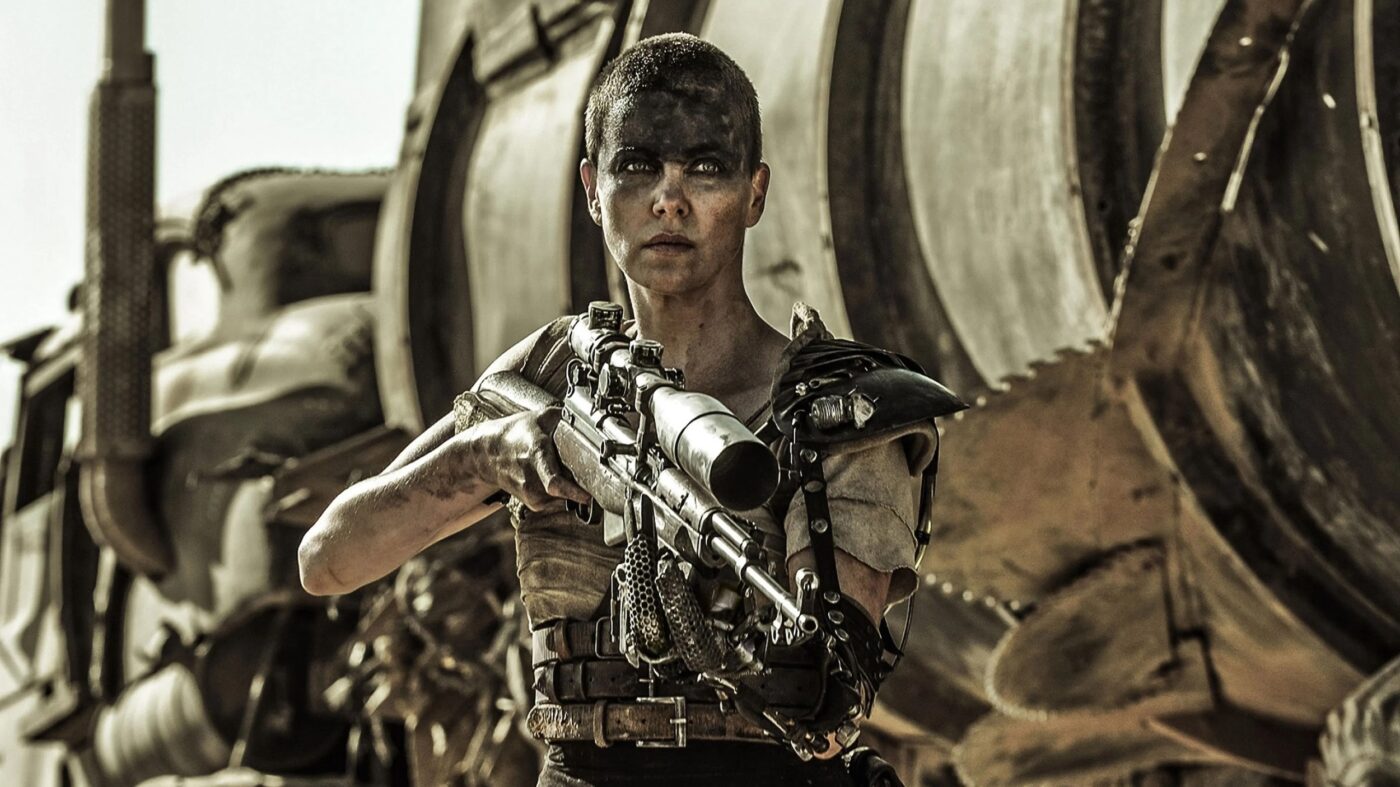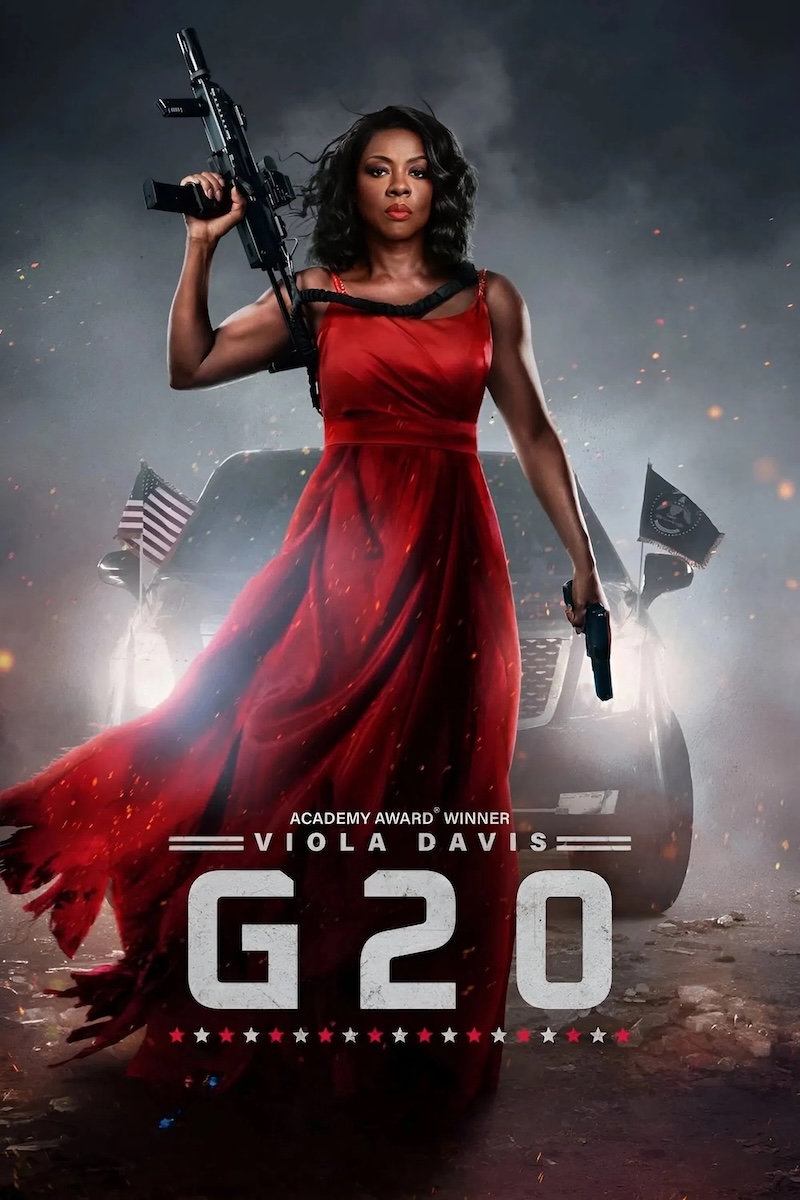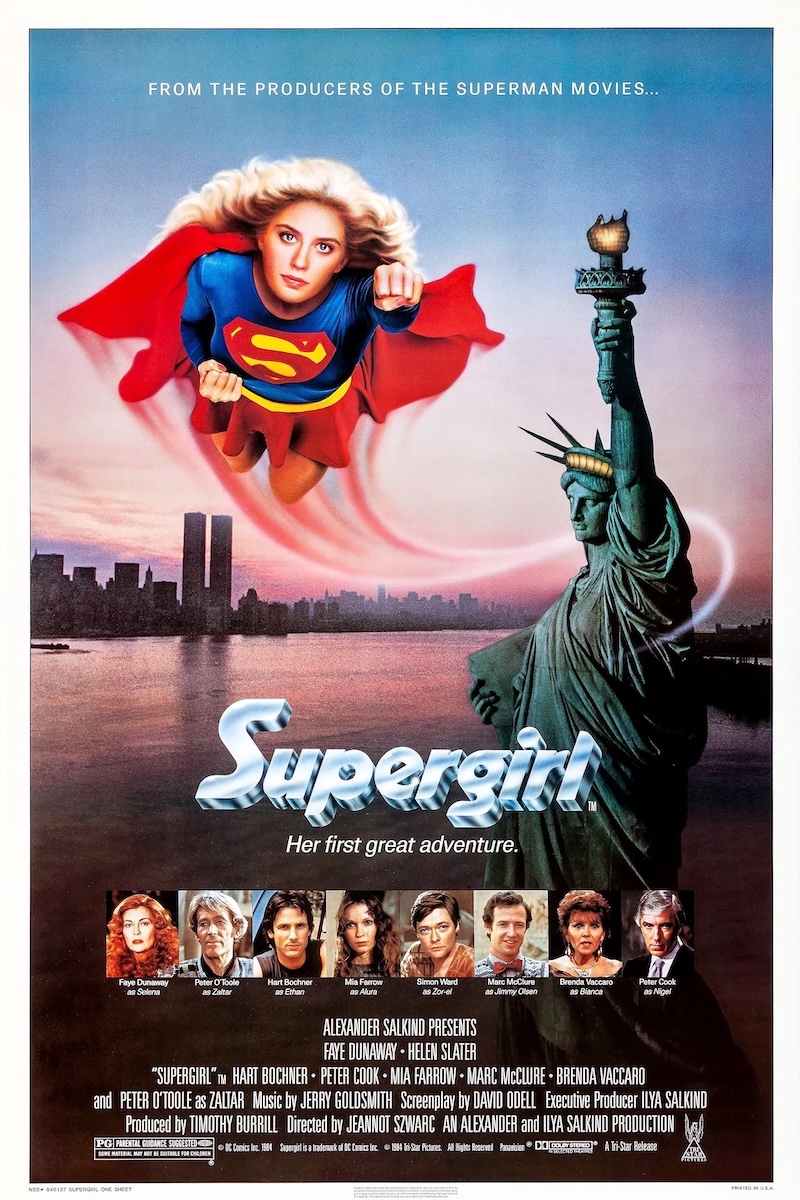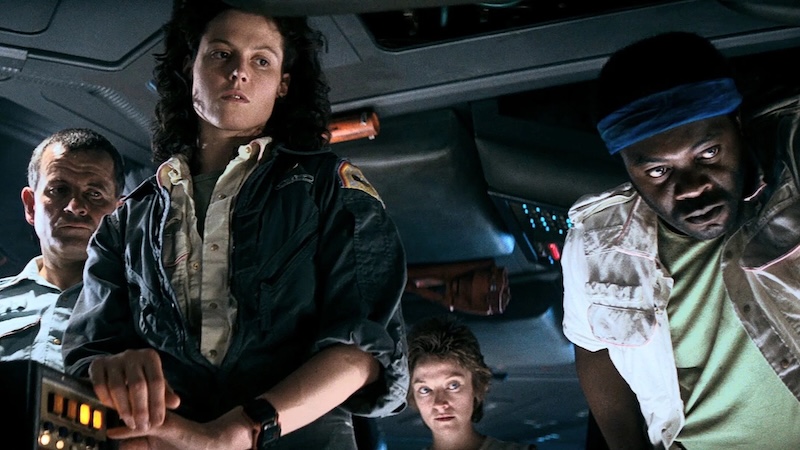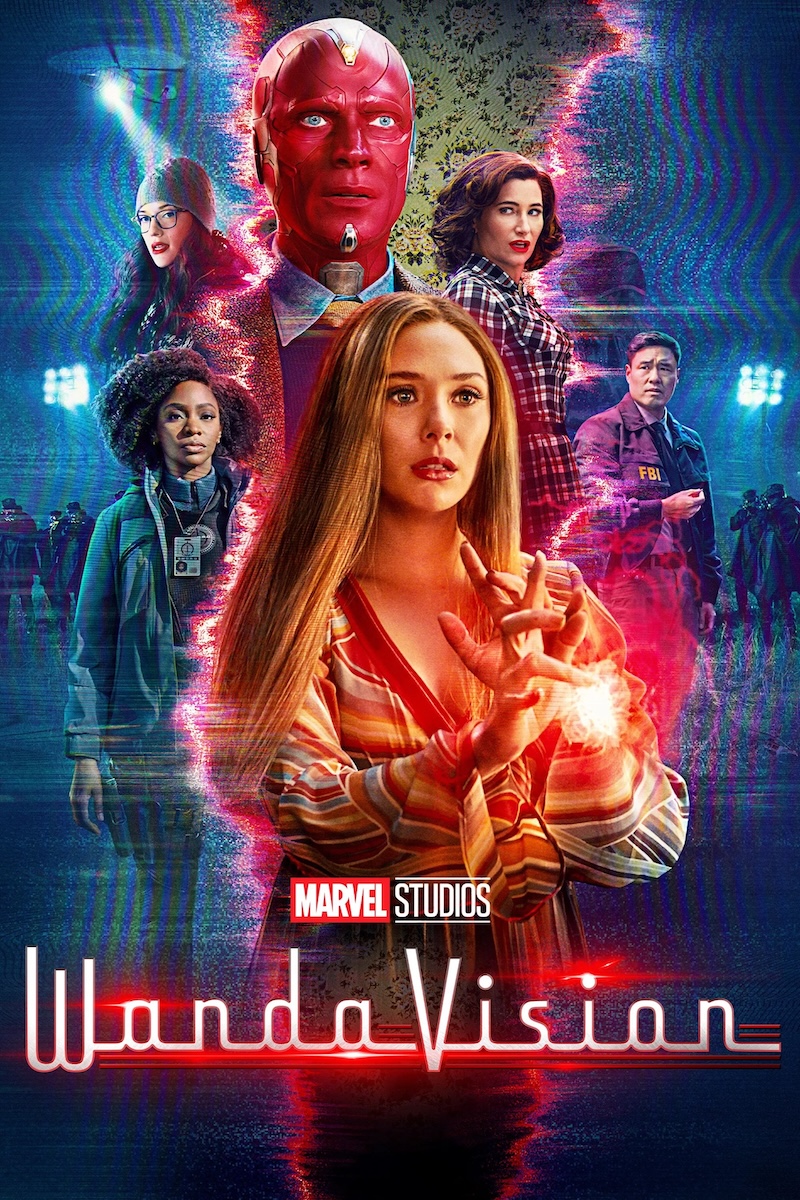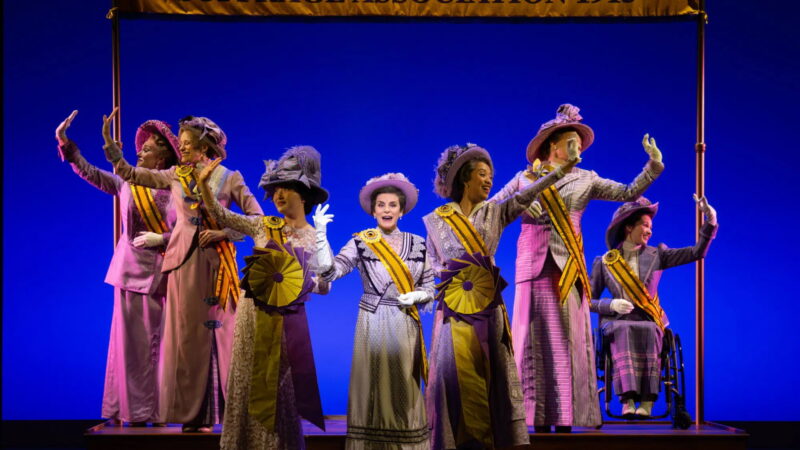Since the earliest incarnations of the action hero, men have dominated the imaginary profession. From the swashbuckling era through the dawn of Westerns and decades of comic book icons brought to life onscreen, action stars were mostly male for generations – and they spent most of their time rescuing and/or protecting the otherwise helpless and weak (in other words, women). Somewhere along the way, however, the script slowly began to flip…and the pages are still turning. This year alone, the Viola Davis spy movie G20 hit number one on Nielsen’s movie chart the week it debuted on Amazon; Ana De Armas took over the John Wick series in Ballerina, and Scarlett Johansson led the latest crew of fearless paleontologists in Jurassic World: Rebirth. And not only are more and more women stepping into the role of action star, but their characters are more layered and complex than ever.
Like so many other Gen X TV viewers, my first introduction to the kickass female genre came in the form of the original Wonder Woman herself, Lynda Carter. As a very little girl, I’ll admit I was less impressed with the fact that her bracelets could deflect bullets than the way they sparkled in the sun. When I pretended to be the character in front of the mirror, I never copied any of her fighting moves — all I wanted to do was spin around and imagine my transformation from average to extraordinary. (The Bionic Woman, while quite good at jumping, inspired fewer make-believe scenarios, mostly because I found her clothes boring.)
A few years later, it was another comic book adaptation that became my first real superhero fixation. I was in third grade when Supergirl premiered in 1984, and became so enamored upon my first viewing that I insisted on going back to the movie theater not once, but twice. This time, it wasn’t just the heroine’s outfit that caught my attention. I did want her costume – especially the boots – but more than that, I wanted to fly. Desperately. (So much, in fact, that I took to “practicing” around the house by jumping from one piece of furniture to the next, until I fell and twisted my ankle.)
I didn’t know at the time (and wouldn’t have cared) that Supergirl was considered both a critical and commercial flop. I also didn’t know that there was another category of onscreen warrior women emerging who were battling a different class of villain than, say, Faye Dunaway’s power-hungry witch Selena in Supergirl. As Foxy Brown (1974), Pam Grier set the template for vengeful vixens two years before Carter twirled her way to stardom — and she didn’t need a Lasso of Truth to take down the mobsters.
Many believe, with good reason, that the first true female action hero didn’t appear on film until 1979 with Sigourney Weaver’s Ripley in Alien. As Weaver explained in a 2014 interview with Strange Shapes, Ripley was originally written as a man, and retained many traditionally masculine qualities. The resulting character, as played by Weaver, was revolutionary.
“She’s a very matter-of-fact person…and her beliefs are exploded in the film when she suddenly has to work on instinct and emotion rather than intellect,” Weaver said.
Despite this tentative step forward, male action stars would continue to dominate throughout the ‘80s and ‘90s (Linda Hamilton in The Terminator franchise and Demi Moore in G.I. Jane being two notable exceptions). Still in the decades to follow, a slowly but steadily increasing number of movies and shows would take up the gender stereotype-defying mantle, giving a select few actresses the opportunity to establish themselves as bonafide box office icons, on par with the likes of Arnold Schwarzenegger and Bruce Willis.
Effortlessly intriguing with a deliciously dangerous aura, Angelina Jolie is the quintessential example of this particular breed of fierce females. Kicking off this phase of her career as Lara Croft: Tomb Raider in 2001, Jolie went on to prove her clout in Mr. & Mrs. Smith (2005), Wanted (2008), Salt (2010), and The Tourist (2010). This era would also see Charlize Theron launch a decades-long string of successful action movies, from Aeon Flux (2005) to Mad Max: Fury Road (2015) to Atomic Blonde (2017). (Theron’s Mad Max role was played by Anya Taylor-Joy in the 2024 prequel, Furiosa: A Mad Max Saga.) Two more action heroine-packed offerings from the early aughts were Quentin Tarantino’s Kill Bill 1 (2003) and Kill Bill: Volume 2 (2004), featuring iconic assassin the Bride (Uma Thurman) in a series of highly stylized girl boss fights against the likes of katana-wielding Lucy Liu, meteor hammer-swinging Chiaki Kuriyama, and Daryl Hannah in an eyepatch.
Jolie would return to the action genre in 2021 with Those Who Wish Me Dead and Eternals, at last joining the Marvel pantheon (as the tortured Thena) alongside other female superheroes such as Black Widow (Johansson), Queen Ramonda (Angela Bassett), Captain Marvel (Brie Larson), and Scarlet Witch (Elizabeth Olsen). While the Marvel box office boom was winding down at that point, the significance of these movies can’t be underestimated. The critically acclaimed series WandaVision brought what some would argue was an unprecedented depth and nuance to the comic book cinema-verse, with Olsen delivering a devastating performance.
Watching as a grown woman, the show felt like a natural –and necessary– evolution of the superheroines of my youth. The Scarlet Witch was more powerful than Supergirl or Wonder Woman, sure, but she was also so much more relatable…and her outfit was a major improvement, too. That said, Wonder Woman achieved a significant non-Marvel milestone when the 2017 movie became the first film directed by a woman to gross $100 million during its opening weekend. (By contrast, 2024’s Madame Web – starring Dakota Johnson as a clairvoyant ambulance driver who was bestowed with her Spidey powers in utero – was considered both a commercial and critical flop.)
Of course, Marvel marches on, faltering ticket sales and all. On the plus side, that means more superpowered women are becoming household names. While this year’s Thunderbolts* received mixed reviews, Florence Pugh as the world-weary agent Yelena was widely applauded. At the time of this writing, The Fantastic Four: First Steps – starring Vanessa Kirby as Sue Storm – is weeks away from premiering.
In both quality and quantity, progress is being made…and yet, challenges persist. This summer, Theron and Thurman are back in fighting form as immortal enemies in The Old Guard 2, which debuted at the top of the streaming charts. Still, in an interview with The New York Times, Theron talked about how much “harder” it is for action movies with women in the leading roles to get made.
“Action films with female leads don’t get greenlit as much as the ones with male leads,” she said. “The thing that always frustrates me is the fact that guys will get a free ride. When women do this and the movie maybe doesn’t hit fully, they don’t necessarily get the chance again.”
Eventually, those chances may come back around. In 2026, Supergirl is getting another chance at box office success in the form of a remake starring Milly Alcox (House of the Dragon). Will it soar to greater heights than the previous? Perhaps. Some of us will always secretly believe we can fly.

